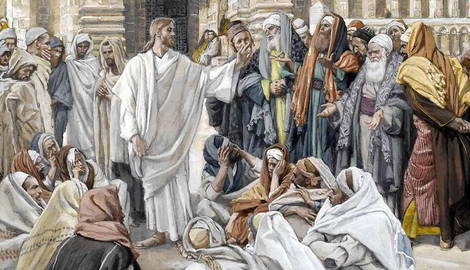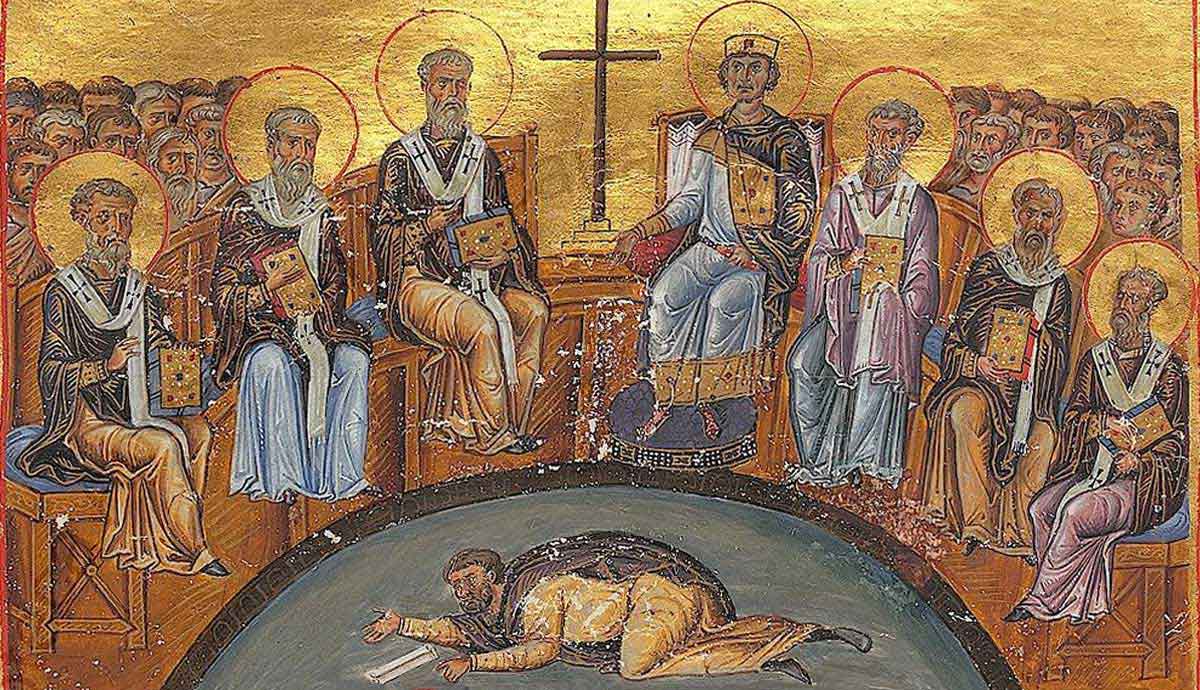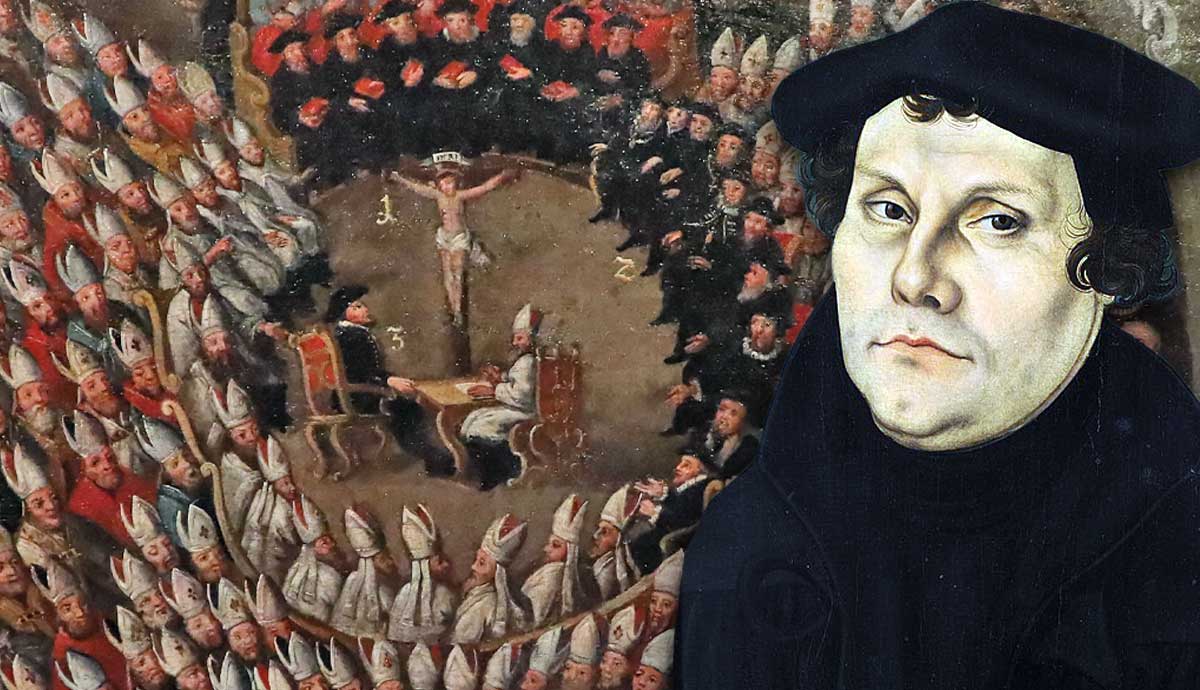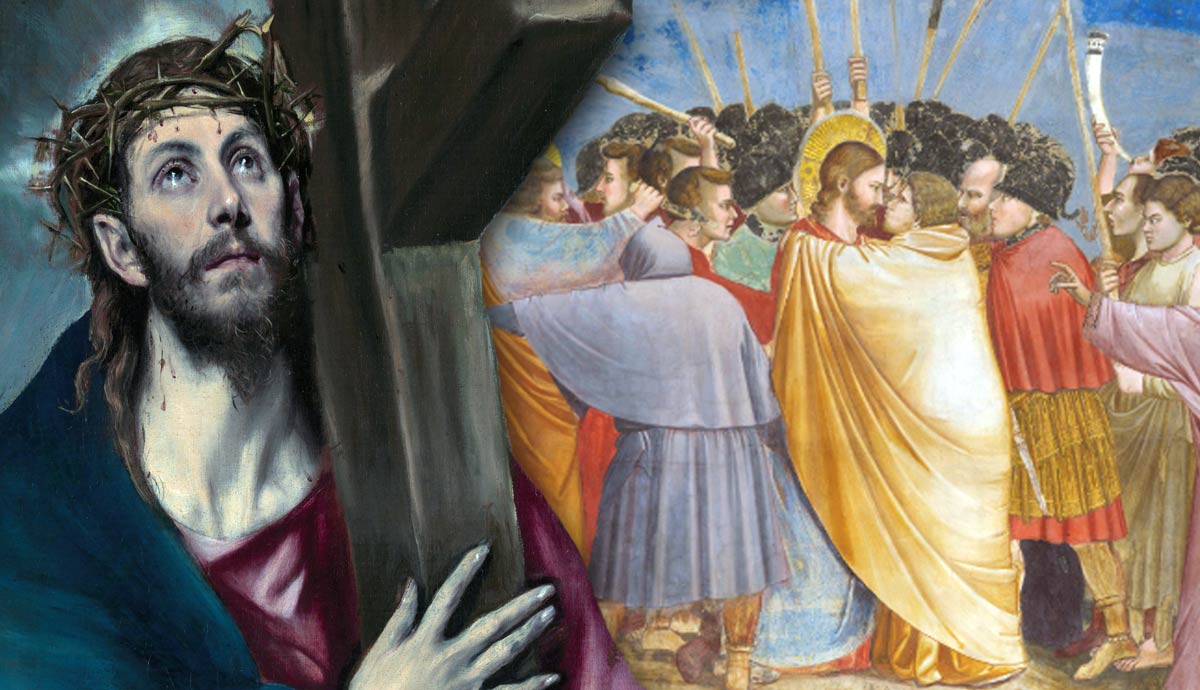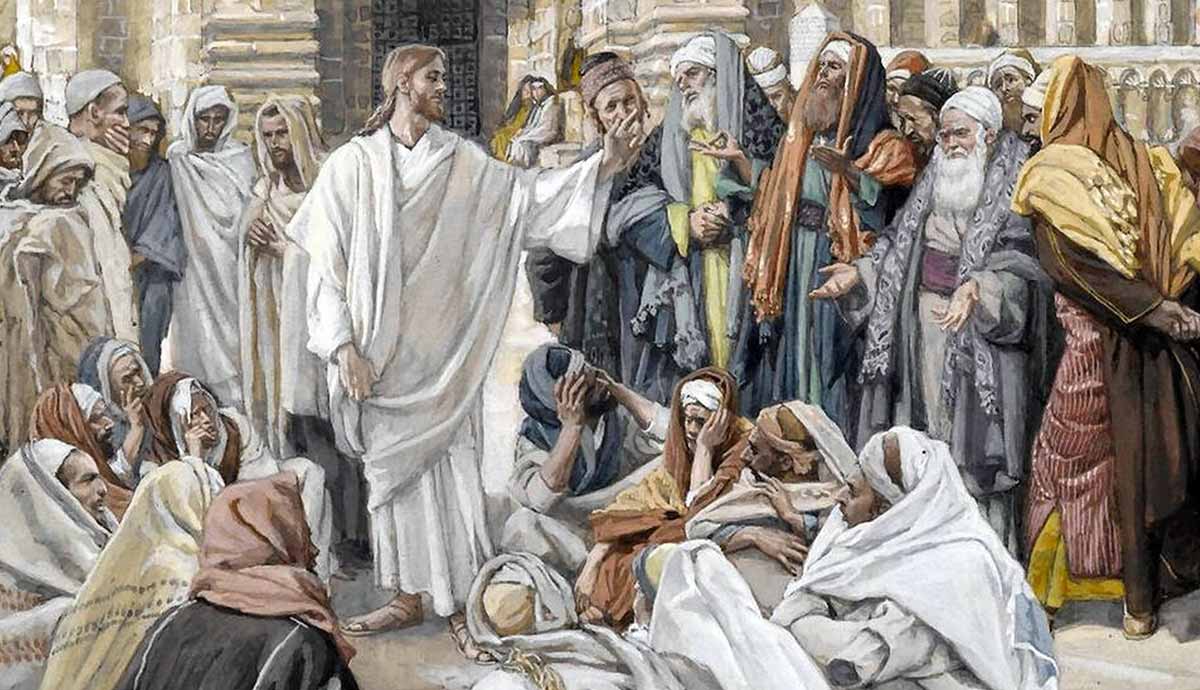
In the Gospels – the first four books of the New Testament chronicling the life of Jesus Christ, as well as the Book of Acts – the main group in opposition to Jesus were known as the Pharisees. They arose from Jewish Nobility and became associated with the rise of the Jewish synagogue.
Where the Pharisees Came From

The Pharisees originated during the Second Temple Period of Judaism, sometime in the 100s BCE. After centuries during the Babylonian exile, and the return of the Jewish people to Jerusalem and the rebuilding of the temple (described in the Old Testament book of Ezra), there was no king in Jerusalem and a sort of political and religious power vacuum occurred.
As the priests – commonly from a group called the Sadducees – were more of the Jewish nobility, the Pharisees arose more as a voice of the people and were associated with the rise of the synagogue, a place where Jewish people could worship away from the temple.
The Most Well-known Pharisees

Probably the most famous of the Pharisees in scripture was Nicodemus. His private conversation with Jesus in John 3 leads to what may be the most famous verse in Christianity.
“For God so love the world, that He gave is only Begotten Son, that whosoever believes in Him shall not perish, but have everlasting life” – John 3:16.
Joseph of Arimathea was a wealthy Pharisee who owned the tomb in which Jesus was buried. In John 19, Nicodemus and Joseph of Arimathea assist in preparing Jesus’ body for burial and set him in the tomb.

The apostle Paul, who wrote most of the New Testament epistles, was a Pharisee who was highly educated and driven. In several New Testament instances, he gives his testimony regarding his devotion as a Pharisee, and leads to his eventual rejection of the movement to follow Christ. He claimed:
“I am a Jew, born in Tarsus in Cilicia, but brought up in this city, educated at the feet of Gamaliel according to the strict manner of the law of our fathers, being zealous for God as all of you are this day.” Acts 22:3
Flavius Josephus was a Jewish historian and soldier responsible for one of the major early writings outside the New Testament which mentions Jesus.
Pharisee Beliefs

Pharisees believed in both a written and oral form of the Torah, giving weight to an interpretation that could change with the times and environments of which they lived, seeking interpretations that went with the “spirit” of the law. Pharisees also considered study and prayer more important forms of worship rather than bloody temple sacrifices, putting them at odds particularly with the Sadducees.

Their movement would survive somewhat and evolve following the temple destruction in 70 CE, and gave rise to orthodox Judaism in the following centuries. However, their rules were still fairly strict and followed a precise moral code, which astonished people when Jesus stated that heaven was for those whose, “righteousness exceeded that of the Pharisees.”
The Importance of the Synagogue to Christianity

The development of the synagogue throughout the Roman Republic and Empire and Pharisaism appear to go together. Synagogues appeared in many cities and towns throughout the areas where Jews lived and traveled, giving a place for Jews to gather and worship if they did not live in Jerusalem. As Christianity developed out of Judaism, the synagogues were a natural place for Christians to meet, as many were converted Jews. Paul the apostle would often go to the synagogues to evangelize and debate with Jews regarding Jesus as Messiah.
